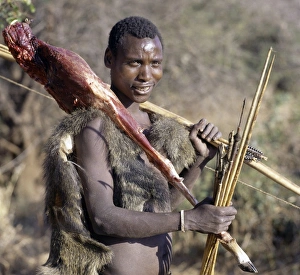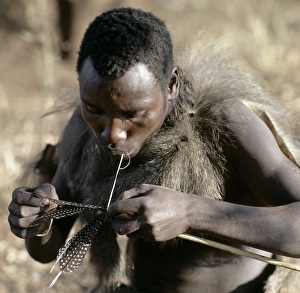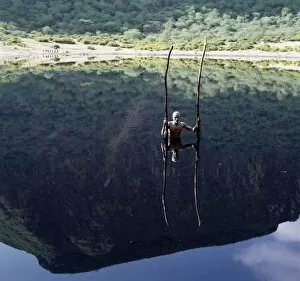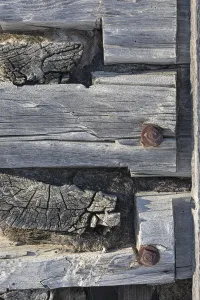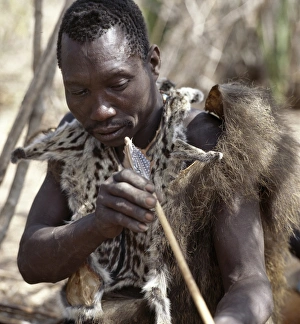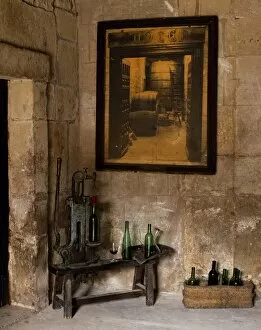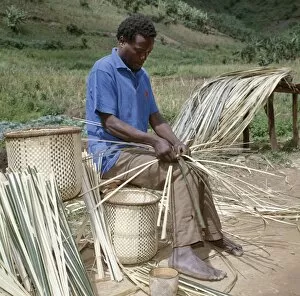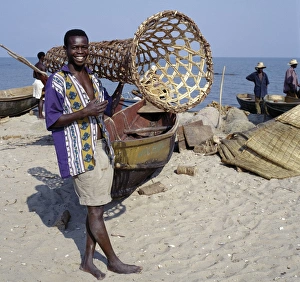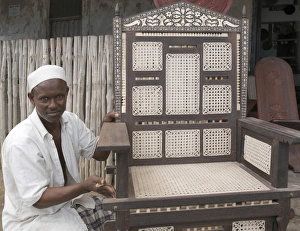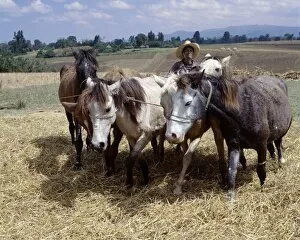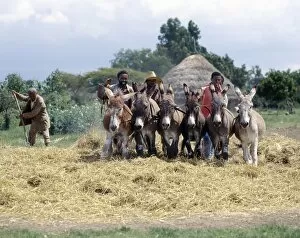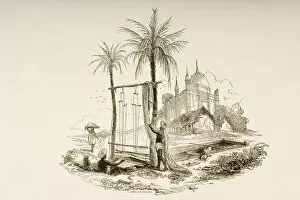Traditional Methods Collection
Traditional methods have stood the test of time, preserving ancient wisdom and cultural heritage
All Professionally Made to Order for Quick Shipping
Traditional methods have stood the test of time, preserving ancient wisdom and cultural heritage. From the skilled Hadza hunter meticulously fletching an arrow shaft to the Turkana spear-fishing in Lake Turkana's shallow waters, these practices connect us to our ancestors and their deep-rooted knowledge. In southern Ethiopia, a dormant volcano at Chew Bet looms ominously, reminding us of the secrets held within its dark depths. Meanwhile, in Nulato, Interior Alaska, a log cabin showcases intricate dovetailed corners that exemplify craftsmanship passed down through generations. The. Kung hunter-gatherer stands poised for adventure as he prepares to embark on another journey into nature's bounty. With precision and care, a Hadza hunter ensures his new arrow shaft is perfectly straight before setting off on his hunt. In distant lands like Malawi's Shire Valley or bustling leather tanneries where workers immerse themselves in dyeing pits, traditional methods continue to sustain livelihoods and preserve traditions. In workshops around the world, tools used for crafting wine barrels echo with centuries-old techniques employed by coopers at Muga winery. Even abandoned wineries hold remnants of past glory; an old bottling machine silently tells stories of bygone eras in Abalos village. Amidst modernity's rapid pace and technological advancements, these glimpses into traditional methods remind us of our roots - they are not just relics from the past but living threads connecting us to our history. As we witness a tea picker heading home with his transistor radio or a woman picking cotton under the scorching sun in southern Malawi’s low-lying valley – we see how tradition intertwines with contemporary life. These snapshots capture moments frozen in time - reminders that traditional methods persist despite changing landscapes. They serve as gentle whispers urging us not to forget our origins while embracing progress; for it is through honoring tradition that we can truly appreciate innovation's transformative power.

